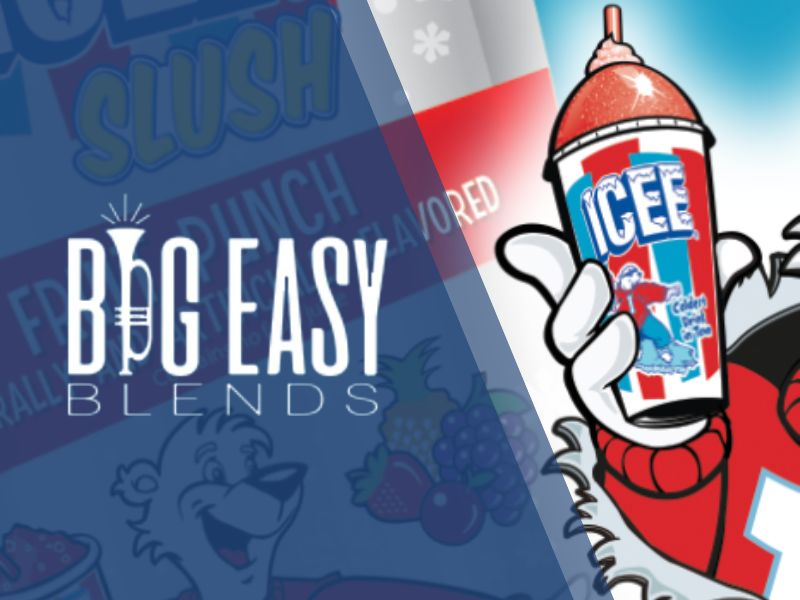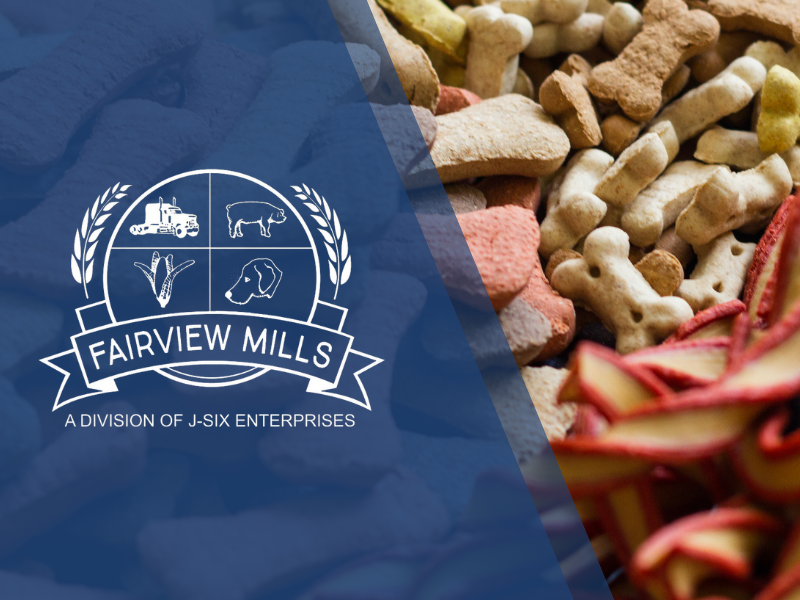5 Surprising Developments in Pet Food Packaging
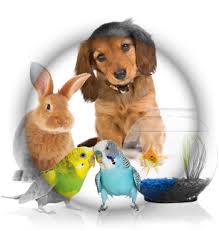 It is truly a great time to be in the pet food and treat industry. We witnessed that for ourselves last week at SuperZoo, The National Show for Pet Retailers, in Las Vegas, NV. It was Viking Masek's first year exhibiting, and we teamed up with partner Eagle Flexible Packaging to represent pet food packaging equipment and materials in one location. We enjoyed talking with attendees and other exhibitors about their innovative pet products, and are excited to see what this growing industry holds for the future in pet food packaging. As we have watched other industries ebb and flow, the pet product industry holds its ground, even during uncertain economic times. What's so special about the pet food and treat market? Read on for our insights...
It is truly a great time to be in the pet food and treat industry. We witnessed that for ourselves last week at SuperZoo, The National Show for Pet Retailers, in Las Vegas, NV. It was Viking Masek's first year exhibiting, and we teamed up with partner Eagle Flexible Packaging to represent pet food packaging equipment and materials in one location. We enjoyed talking with attendees and other exhibitors about their innovative pet products, and are excited to see what this growing industry holds for the future in pet food packaging. As we have watched other industries ebb and flow, the pet product industry holds its ground, even during uncertain economic times. What's so special about the pet food and treat market? Read on for our insights...
Humanization of Pets and Premiumization of Pet Products
Blogger David Lummis of Pet Product News reports that the two main drivers behind the consistent growth of pet products can often be uttered in the same sentence: Humanization and premiumization. It's no secret that as baby boomers experience empty nests and Millennials are putting off marriage and children until later in life or skipping those milestones altogether, animals have become full-fledged family members, with owners often referring to themselves as 'pet parents'. Similar to feeding our (human) children the most nutritional, healthy meals possible, we are now much more discerning when it comes to ingredients, product sourcing, sustainability, and packaging for pet food and treats.
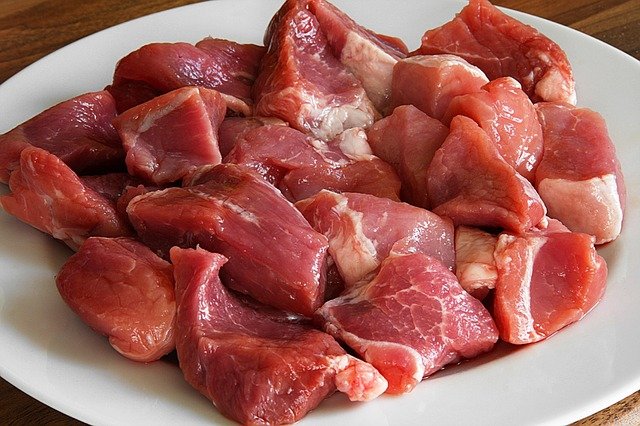 Premiumization goes hand in hand with humanization in the pet food industry, with consumers demanding - and paying for - premium ingredients and high-quality packaging for their pet products. As the trend toward premium ingredients like raw meat or fresh vegetables grows, high quality and functional barrier packaging will be required to maintain the shelf life of these products. We are seeing increased requests for de-gassing valves on pouches and for modified atmosphere packaging in the pet product industry, another indicator of increased usage of unprocessed, whole, or preservative-free ingredients that require modifications in packaging to ensure lasting product freshness.
Premiumization goes hand in hand with humanization in the pet food industry, with consumers demanding - and paying for - premium ingredients and high-quality packaging for their pet products. As the trend toward premium ingredients like raw meat or fresh vegetables grows, high quality and functional barrier packaging will be required to maintain the shelf life of these products. We are seeing increased requests for de-gassing valves on pouches and for modified atmosphere packaging in the pet product industry, another indicator of increased usage of unprocessed, whole, or preservative-free ingredients that require modifications in packaging to ensure lasting product freshness.
Millennials Desire Premium, Custom Pet Food Packaging
Lummis also expounds that "much as computers always have been there for them, Millennials know only a world where treating pets like fully entitled family members is normal, if not expected … and expensive." Simply put, this generation spoils their furry friends, not only with toys and entertainment but with premium food and treats housed in premium packaging.
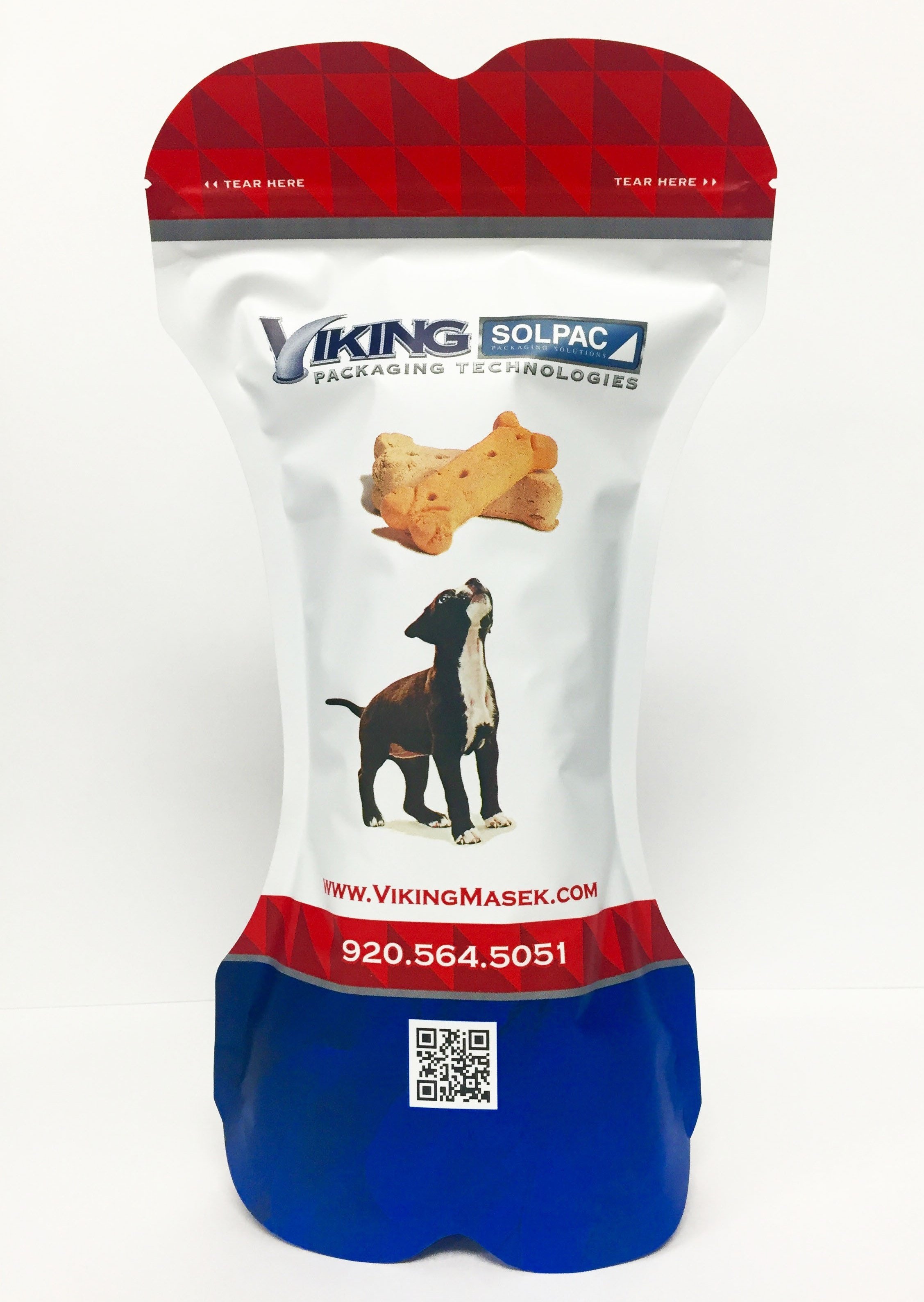 Together with Eagle Flexible Packaging, we debuted our custom dog-bone-shaped premade pouch at SuperZoo this year, and it was met with excitement. Not only are custom shaped premade pouches convenient, but they are eye-catching and offer a great canvas for marketing, ensuring your message reaches the consumer quickly and easily. Custom pouches are visually enticing, prompting consumers to pick them up. We all know that once a product is in the consumer's hands, they are much more likely to make the purchase. And it seems when it comes to products for their pets, Millennials spare no expense.
Together with Eagle Flexible Packaging, we debuted our custom dog-bone-shaped premade pouch at SuperZoo this year, and it was met with excitement. Not only are custom shaped premade pouches convenient, but they are eye-catching and offer a great canvas for marketing, ensuring your message reaches the consumer quickly and easily. Custom pouches are visually enticing, prompting consumers to pick them up. We all know that once a product is in the consumer's hands, they are much more likely to make the purchase. And it seems when it comes to products for their pets, Millennials spare no expense.
Novel Ingredients Require Novel But Functional Pet Food Packaging
As we've reported in the past, protein is king in the pet food industry right now, as well as unique formats like freeze-drying. What we found surprising is that novel ingredients like crickets, ostrich necks, algae, and hemp abound in the pet food and treat industry. Always seeking to differentiate their products in a crowded premium pet food market, companies are turning to unconventional sources for ingredients.
While these ingredients are attention-getting, they must also serve a nutritive function to become more than just a passing trend. Insect-based ingredients like crickets are a more sustainable form of protein than beef or chicken and require less consumption of resources to raise and transform into pet food and treats. Ostrich necks and other parts of animals that may have been considered waste in the past are infiltrating the dehydrated raw food trend. Hemp is being researched as a nutritional additive for pet foods. Algae may improve cognitive function in older dogs. These novel ingredients require novel, but functional pet food packaging to not only capture consumer attention but to assure them that these unique ingredients are safe and healthy for their pets.
Simple Premade Pouches = A Simple Choice for Consumers
Everywhere we looked at SuperZoo, we saw pet food, treats, and other products in stand-up premade pouches. With the ability to stand up on shelves unassisted, this bag type acts as its own billboard when displayed. These pouches were often designed with simple graphics that indicated bag contents and contained fewer words and less general clutter. Perhaps recognizing that today's consumer must deal with constant competition for their attention, pet food and treat manufacturers have created more simplistic package designs that don't require much time to discern what the product is and what message the brand is conveying.
Change on the Horizon for Pet Food Packaging Processes
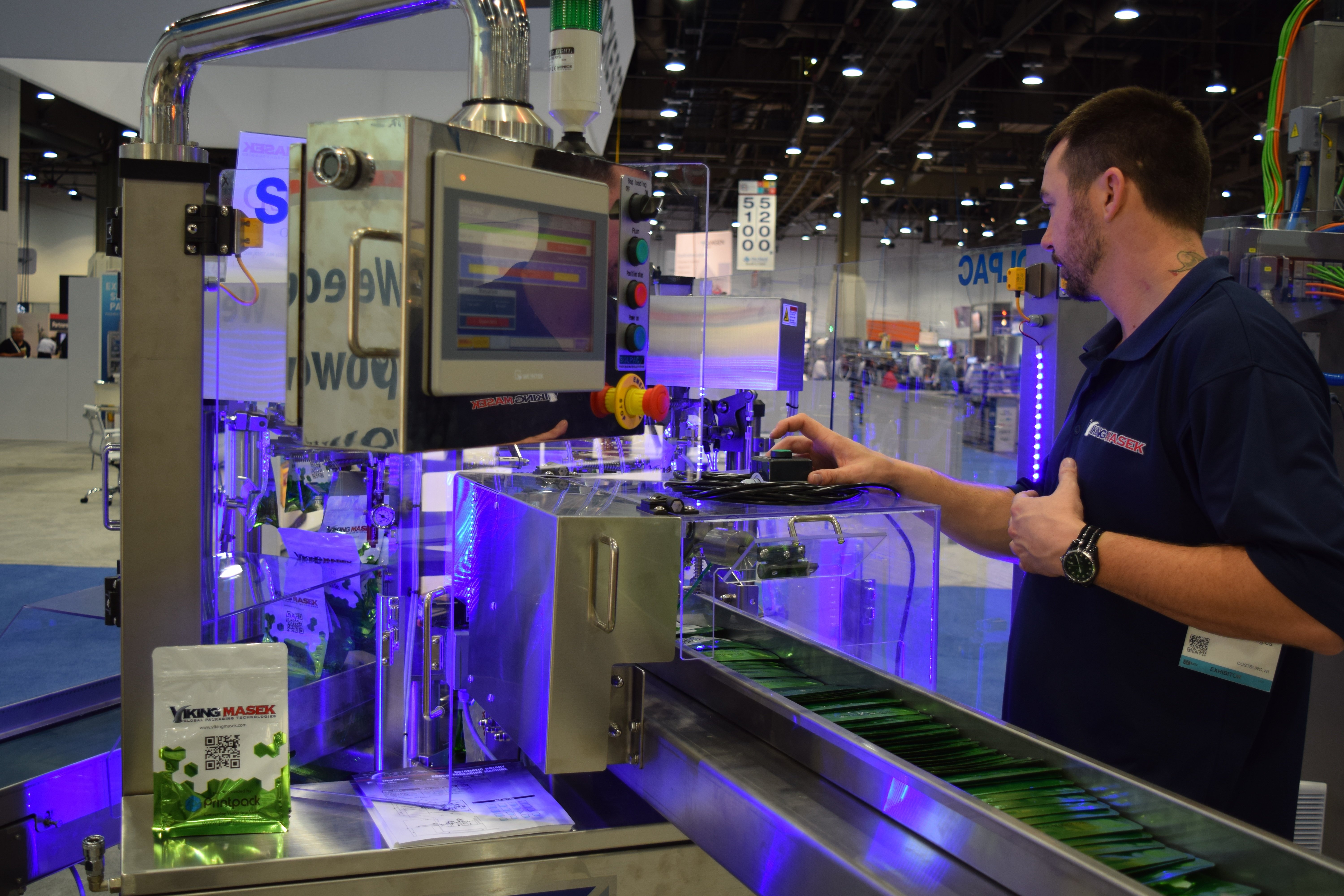 Many pet food and treat companies we talked with said they started their company out of their kitchen or garage, making specialty items for their own pets, and then for friends and family. Word gets around quickly, and soon they saw a market for their pet products that reached across the boundaries of their city, state, and even country! Their specialty pet food and treat products are in higher demand, and with the fast-paced nature of social media and viral marketing, this demand is only increasing. How in the world can they keep up with demand and become a national or even international player in the pet food industry? Packaging automation is a large part of the answer.
Many pet food and treat companies we talked with said they started their company out of their kitchen or garage, making specialty items for their own pets, and then for friends and family. Word gets around quickly, and soon they saw a market for their pet products that reached across the boundaries of their city, state, and even country! Their specialty pet food and treat products are in higher demand, and with the fast-paced nature of social media and viral marketing, this demand is only increasing. How in the world can they keep up with demand and become a national or even international player in the pet food industry? Packaging automation is a large part of the answer.
Viking's Rotary Premade Pouch Machinery was introduced to the pet product industry at SuperZoo and garnered a lot of attention. This premade pouch machine for pet food (model V-8S-285) revolutionizes production processes, increases efficiency and throughput to handle increased demand, is easy to set up and change over to different bags sizes and product types, and requires little human interaction, so employees can perform more value-added tasks for your growing pet product company. Adding an automated pet food packaging machine to your production will not only allow you to keep up with demand, but it will grow with you as you grow.


